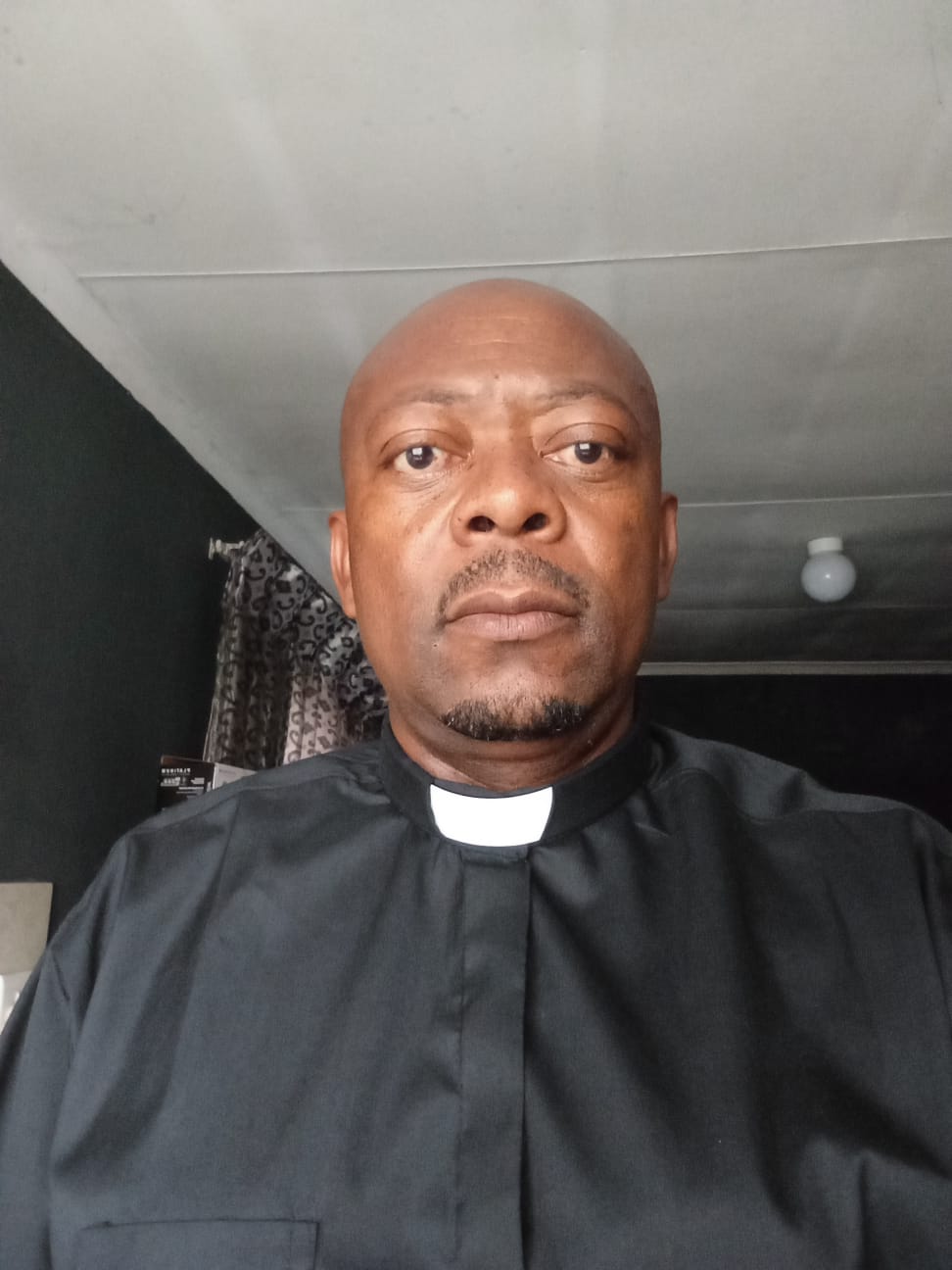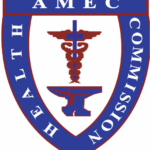The AME Church ever since its establishment in 1816, has historically represented resilience, empowerment, and social justice, particularly for African American communities. Its expansion into Africa has similarly fostered spiritual and social upliftment. However, as the continent moves from seeking social justice and undergoes rapid modernization, the AME Church, particularly in what the connectional church call the “Overseas Districts” faces pressing challenges that threaten its traditional values and practices. The AME Church in now known as the church of the elderly and no longer appeals to today’s younger generation.
The AME Church’s roots in Africa trace back to the late 19th century, when missionaries sought to extend its influence and provide spiritual solace to African communities. The church quickly became a fixture in various African nations, promoting education, healthcare, and social justice. Its message resonated deeply with communities striving for dignity and autonomy amid colonial rule. The church’s African congregations have grown, embodying a combination of Christian faith and African cultural heritage. The Church that had impact in the late 19th Century is fast loosing grip of the younger generations that prefer the Zionist charismatic churches that are more appealing to them. The younger generation detest church politics and business sessions.
Modernization in Africa, characterized by technological advancements, urbanization, and cultural shifts, presents a multifaceted challenge to the AME Church. The influx of digital technology, for example, has transformed communication and community engagement, often diminishing traditional forms of worship and fellowship. Younger generations, particularly, gravitate towards more contemporary, tech-driven modes of interaction, potentially distancing them from the traditional church setting. The continuous imposition of the traditional settings aggravate in driving the younger generation away.
Urbanization has reshaped African societies, with many individuals migrating from rural areas to bustling urban centers. This shift impacts the AME Church’s operations and outreach, as urban congregations encounter diverse socioeconomic challenges compared to their rural counterparts. The church must navigate these disparities, ensuring that its mission remains relevant and impactful across different settings.
Cultural integration and globalization have introduced new ideologies and lifestyles, which sometimes clash with the AME Church’s established doctrines. The church faces the delicate task of preserving its core values while embracing cultural diversity. This balancing act is essential in maintaining its identity and relevance in a rapidly changing world.
Despite the challenges, the AME Church has opportunities to adapt and thrive amidst modernization. Embracing digital platforms can enhance community engagement, enabling virtual worship, online education, and global connectivity. The church can leverage social media, mobile applications, and other digital tools to reach younger audiences and foster inclusivity.
The AME Church’s commitment to social justice remains pivotal. By continuing to address pressing social issues such as poverty, healthcare, and education, the church can solidify its role as a beacon of hope and progress. Collaborative efforts with other organizations and governments can amplify these initiatives, fostering a united approach to community upliftment.
Empowering youth within the church’s leadership can spur innovation and adaptability. By nurturing young leaders who understand contemporary challenges and possess fresh perspectives, the AME Church can evolve while staying true to its mission. Youth involvement ensures that the church remains dynamic and responsive to the needs of future generations.
The African Methodist Episcopal Church stands at a pivotal juncture in its African journey. The tides of modernization bring both challenges and opportunities, urging the church to adapt without losing its essence. By embracing technological advancements, fostering inclusive community programs, and empowering youth leadership, the AME Church can continue to be a cornerstone of spiritual and social guidance in Africa. As the continent progresses, the church’s unwavering commitment to its values and innovative approach will determine its resilience and enduring legacy.






So true! But those same steps need to take place within AME churches all across the nation, not just in Africa!!